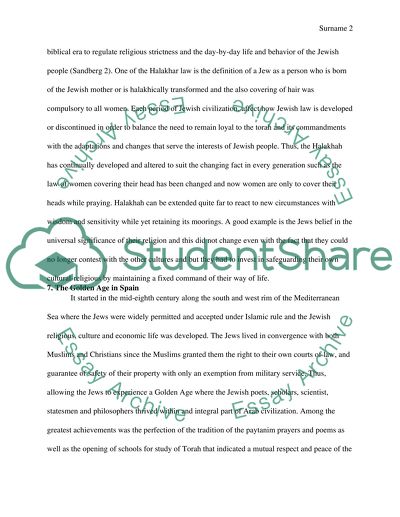Cite this document
(“History of the Jews: The Medieval and Early Modern Periods Essay”, n.d.)
Retrieved from https://studentshare.org/history/1488915-history-of-the-jews-the-medieval-and-early-modern
Retrieved from https://studentshare.org/history/1488915-history-of-the-jews-the-medieval-and-early-modern
(History of the Jews: The Medieval and Early Modern Periods Essay)
https://studentshare.org/history/1488915-history-of-the-jews-the-medieval-and-early-modern.
https://studentshare.org/history/1488915-history-of-the-jews-the-medieval-and-early-modern.
“History of the Jews: The Medieval and Early Modern Periods Essay”, n.d. https://studentshare.org/history/1488915-history-of-the-jews-the-medieval-and-early-modern.


